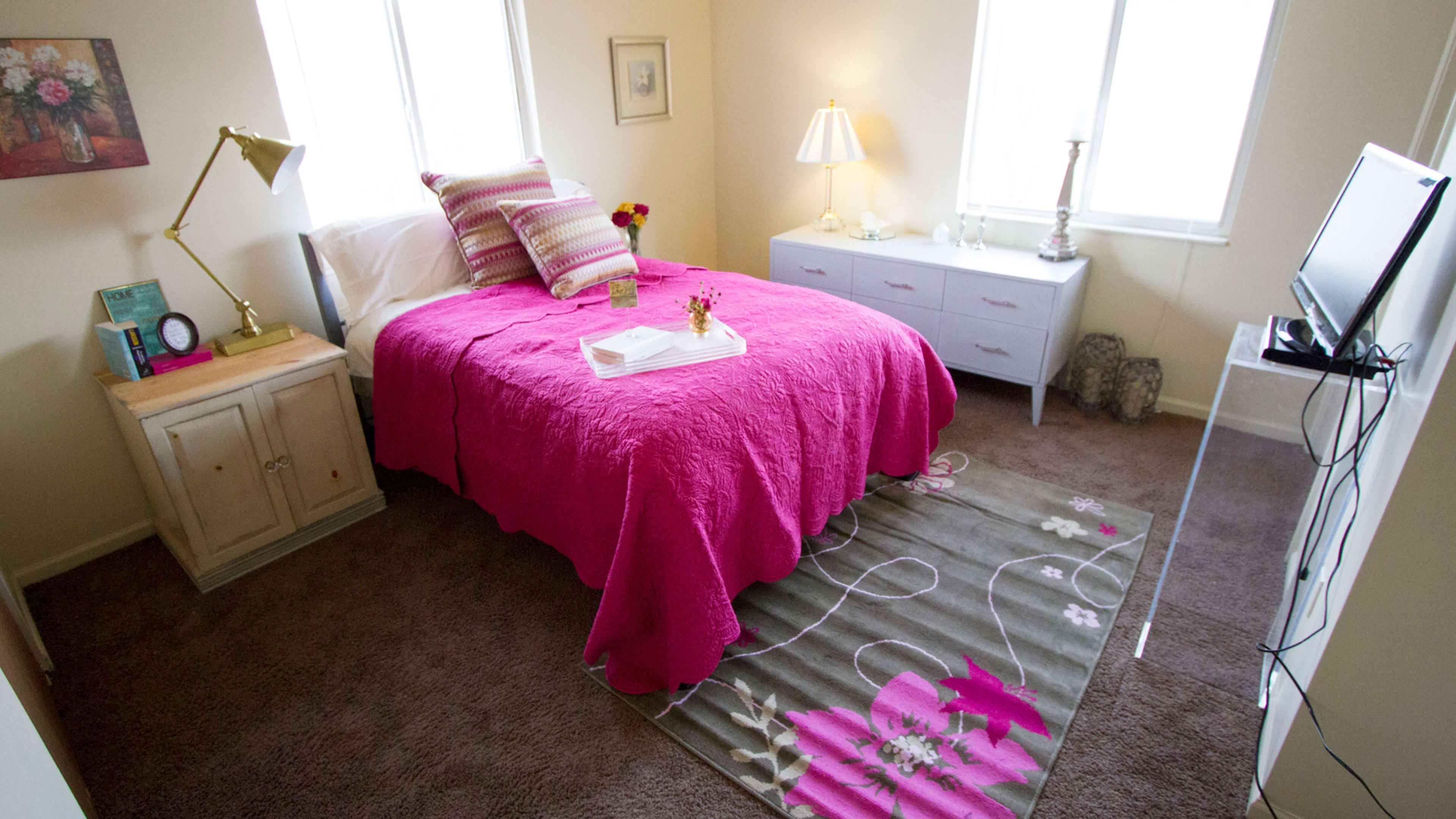It’s a frigid December Friday in Detroit. The sun has set long ago as Lamanda Brown returns from work, stamping through the dark along ice-covered sidewalks. As she opens the door to her home, she’s overwhelmed by warmth that wasn’t there when she left: rooms full of light, freshly painted walls, and a bear hug from her interior designer. Brown’s house has been transformed over the last 12 hours from empty rooms and uncovered floors to a meticulously furnished home.
“I was speechless,” Brown, 29, says. “They did everything. Even the pictures on the walls. I hadn’t had a picture on my wall since my mother died. You don’t know how much you appreciate little things like that until you’ve lost everything.”
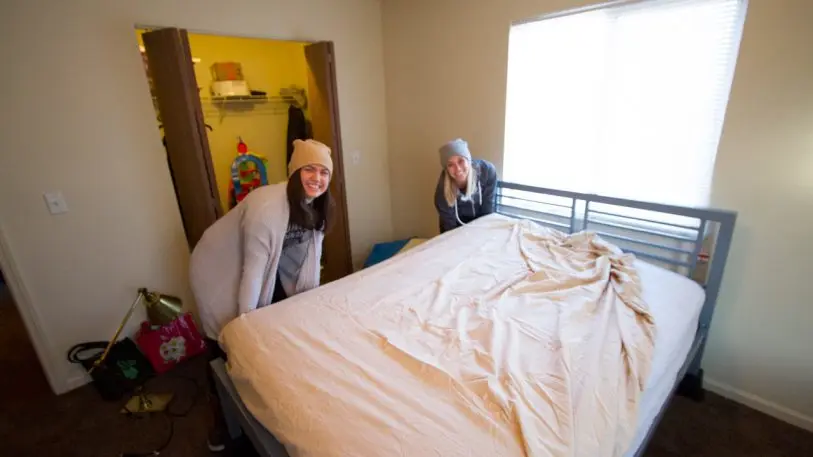
“This has always been more of a dignity program than a housing program,” says Treger Strasberg, the co-CEO and cofounder of Humble Design. “We don’t ask questions like what’s your social security number or what subsidies are you on? We ask, ‘What are your dreams?’ ‘What do your children like?'”
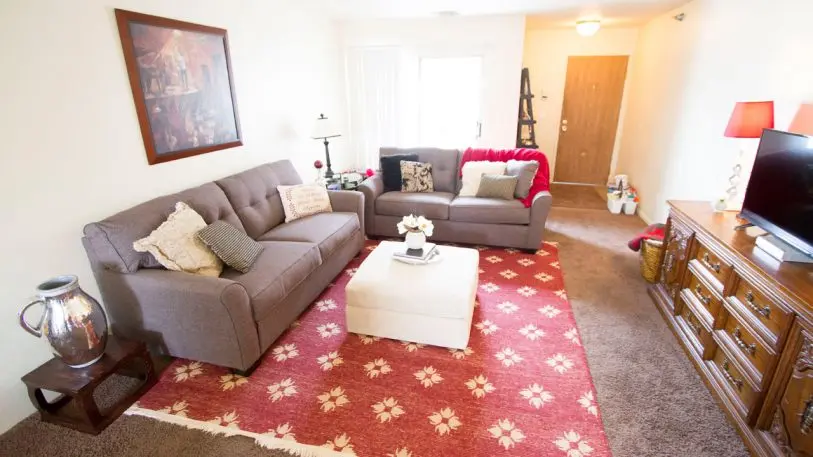
Today’s dominant approach to homelessness is called “Housing First” and it’s been one of the great innovation success stories of the past decade. In the 1980s, social service reformers began to challenge the conventional wisdom that assumed that if you find someone a home without first treating the underlying causes of their homelessness, be it drug addiction, job-readiness, or psychological trauma, they’d soon be back on the street. Before Housing First, services were based on a ladder of achievement with a house at the top.
The Housing First movement challenged that, pointing to Maslow’s hierarchy of needs to argue that the old approach was all wrong. Meet homeless people’s most basic needs, no questions asked, and they’ll have a base upon which to beat addiction, find a job, and overcome destructive patterns.
Housing First, according to the National Alliance to End Homelessness, has been an enormous success. Homelessness has decreased by 32% in the United States between 2007 and 2015. Put someone through the old model and their chances to exit homelessness permanently are about 32%. Put them into a rapid re-housing program, a Housing First approach, and their odds go up to 85%.
That 85% is great, but Humble’s 99% is even better. And while Humble’s strategy relies on the success of Housing First (after all they can’t design a home until someone has one), it intervenes from the opposite end of Maslow’s hierarchy.
Strasberg says that her firm’s makeovers don’t just transform her clients’ homes, but change their mind-sets as well. “When people are really listened to, it creates an immediate focus on the future,” says Strasberg. “When they have a place that feels like home, they want to protect it. They start to believe they can get a better job and build for the long-term and they go for it.”
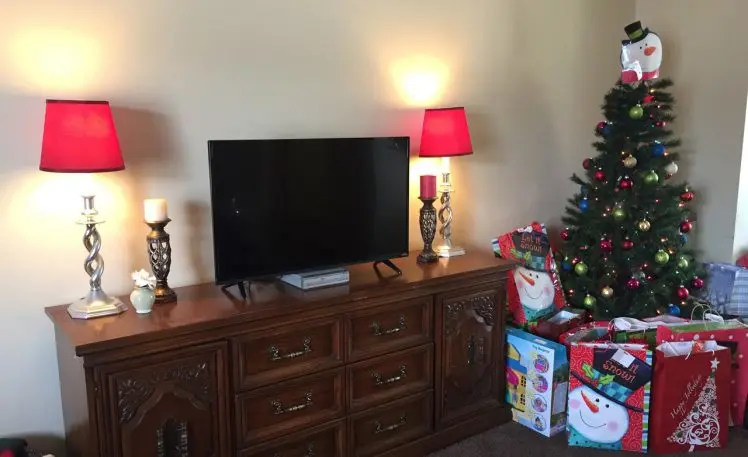
Humble Design’s model argues that you don’t have to meet every lower-level need before you can benefit from meeting your higher-level needs.
“For one of our clients, we set up two little chairs, a table, and a vase with flowers on the table,” says Rob Strasberg, Trager’s husband and Humble cofounder. “She stood over the flowers and started to weep. She said I’ve never had anything beautiful in my life. People in poverty rarely experience beauty. But everyone deserves it.”
By making over people’s homes, Humble also finds obvious gaps that can be left when people are rapidly rehoused. Brown had been living for months in her apartment and yet she didn’t even have beds for her children.
“My kids had been conditioned by three years of sleeping on floors,” Brown says. “That first night, I had to wake them up and put them back in their new beds because they’d all moved back to the floor. That was heartbreaking.” The next night, and every night after, the children happily slept in their beds.
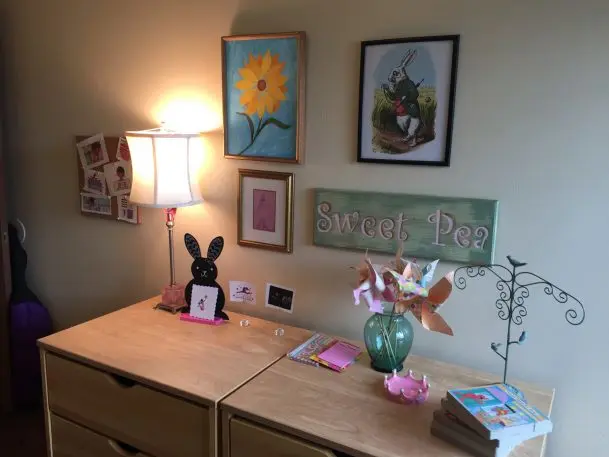

I see a widely applicable lesson for innovators and reformers in this story. No matter the field we work in, those we serve are complete human beings and good design must address them as such. There’s too often a temptation to flatten those we serve into simple demographics and user profiles with stereotypical needs and forget their basic humanity. Yes, everyone needs safety, convenience, and to save money. But they also need self-expression, creativity, and beauty. Good design never forgets that.
“We’ve created a system to deal with 500,000 people,” Strasberg says of the national approach to homelessness. “We also need systems to deal with people without turning them into a number.”
Strasberg says that when people ask what she does, it can take some convincing for them to believe that recently homeless families need great design. She’s a pro at overcoming their skepticism. This year, what started as an in-home startup has grown to over 20 employees, a thousand volunteers and operations in four cities.
Jonah Sachs is a cofounder and partner at Free Range, a purpose-driven design and innovation firm. He is the author of Winning the Story Wars and the upcoming book Unsafe Thinking, which will be published in spring 2018.
Recognize your brand’s excellence by applying to this year’s Brands That Matter Awards before the early-rate deadline, May 3.
